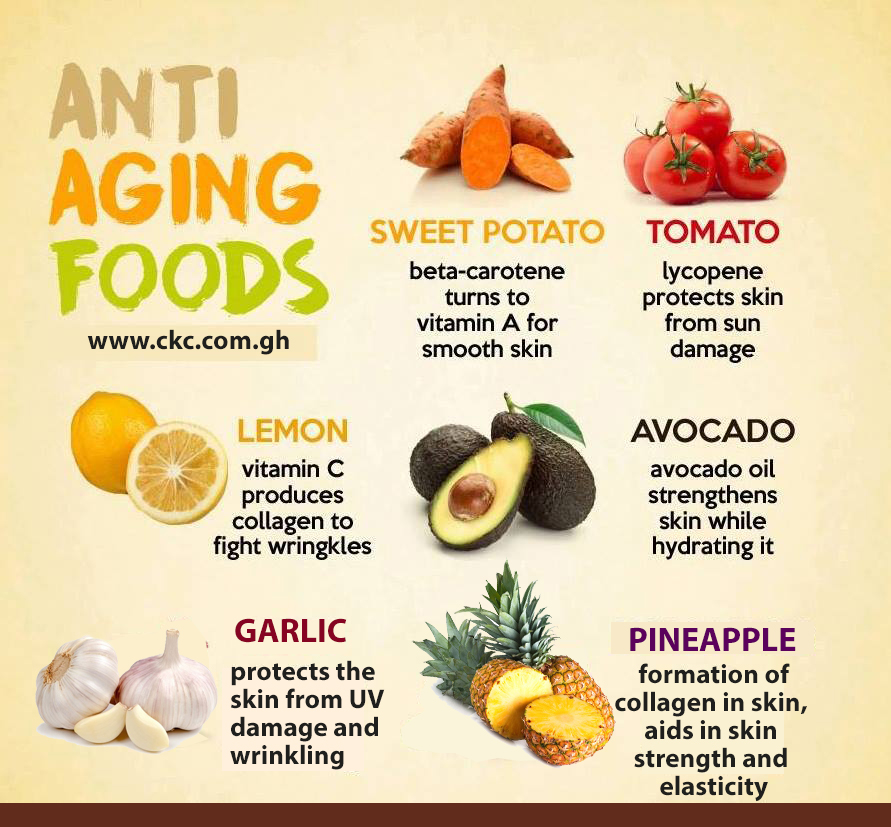
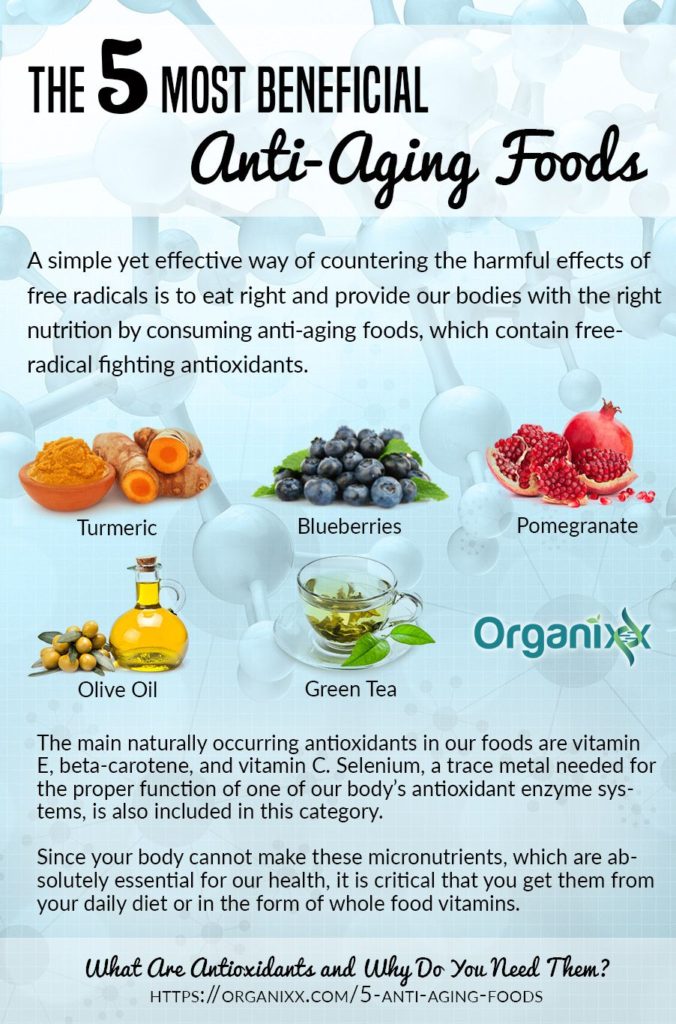
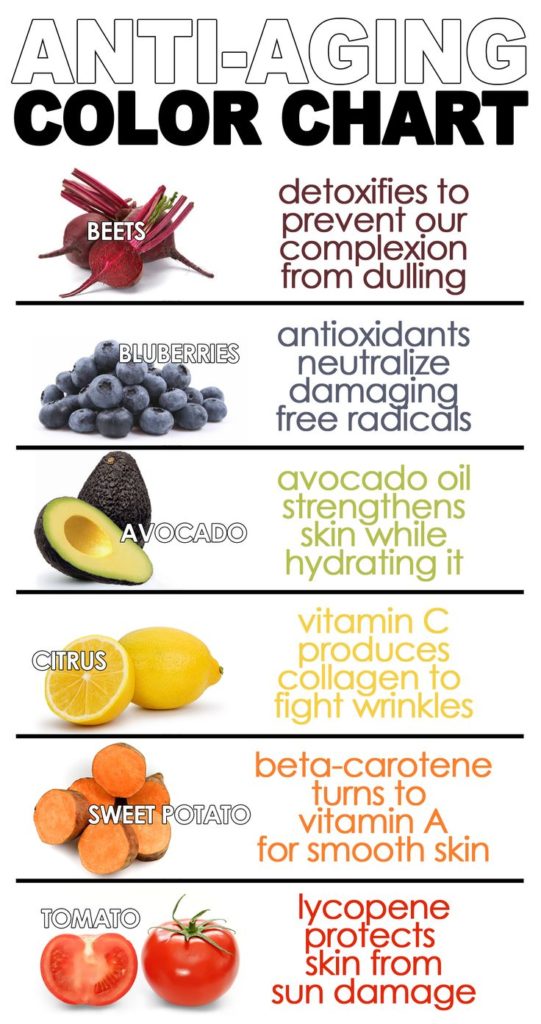
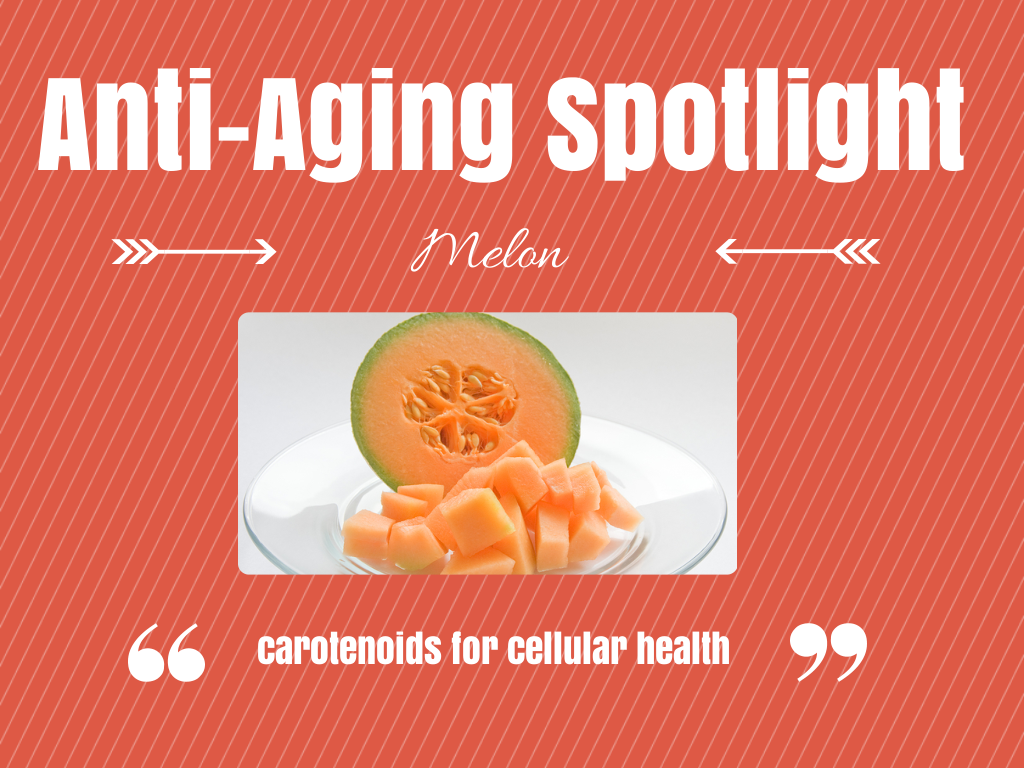
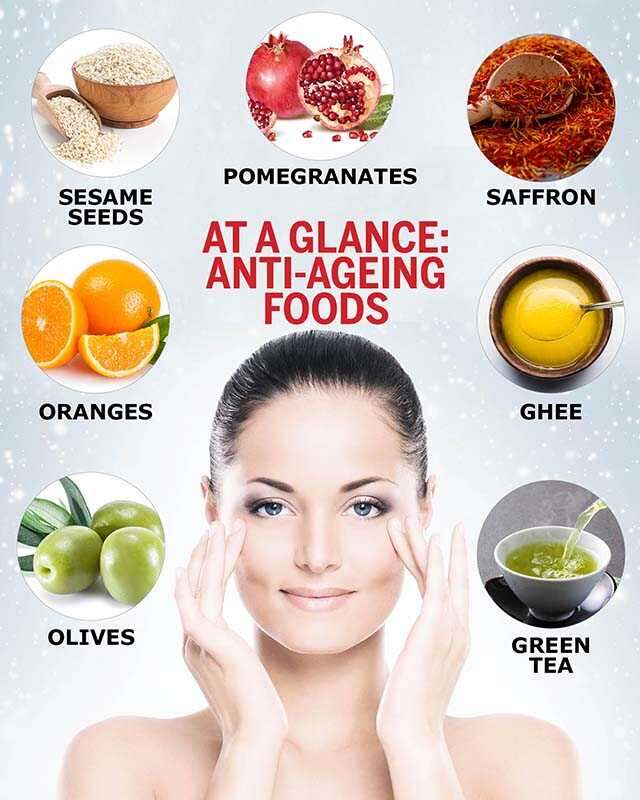
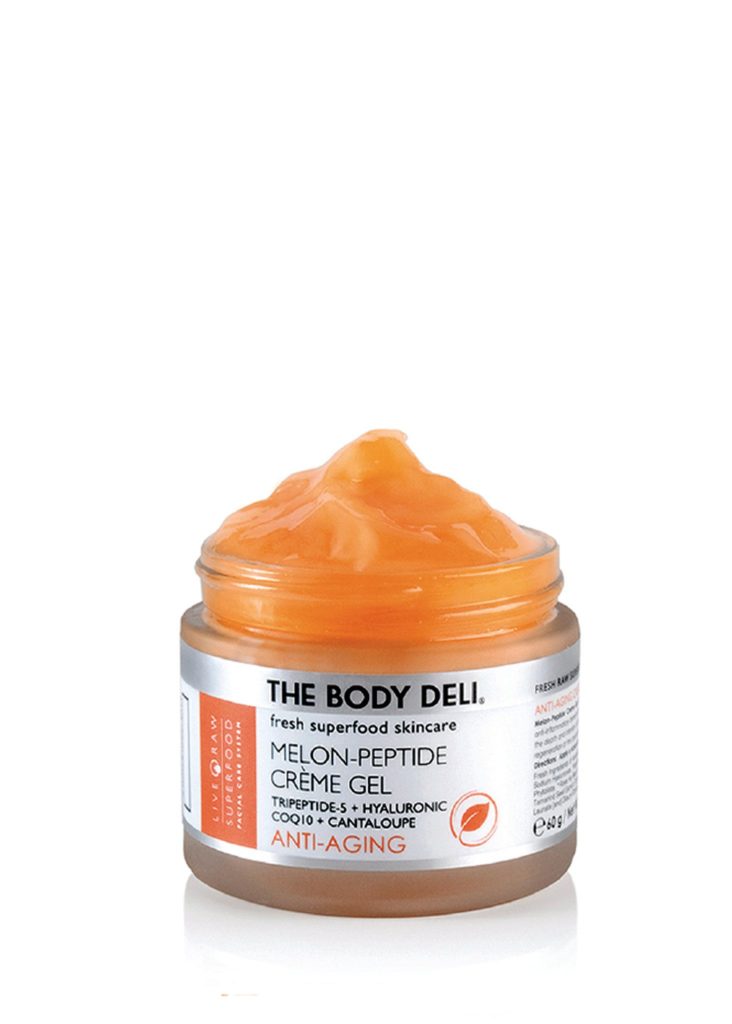
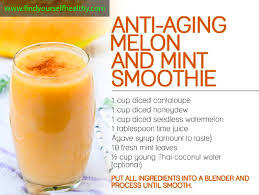
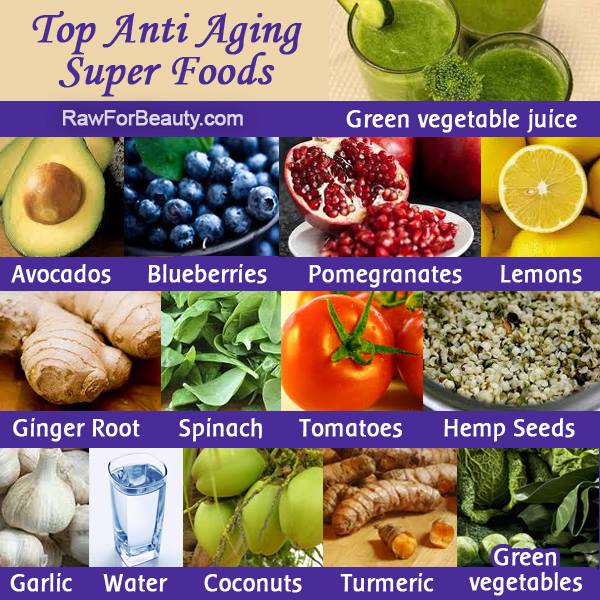
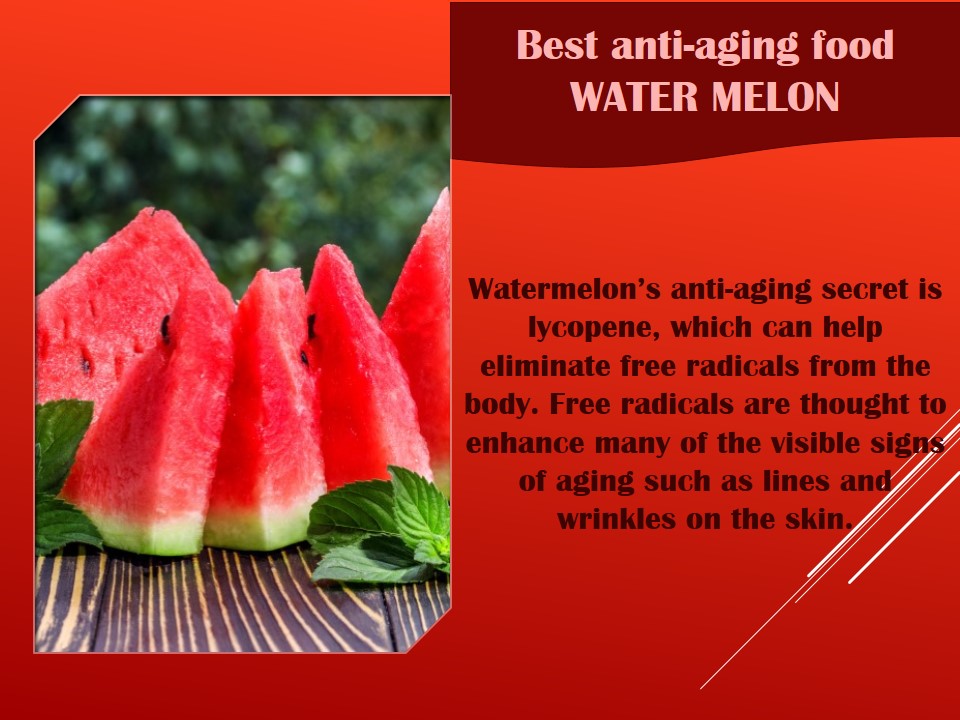
Telomerase is an enzyme that plays a critical role in cellular aging and has significant implications for aging-related diseases and cancer. Here’s a detailed overview of telomerase and its connection to aging:
Telomeres and Aging
- Telomeres are repetitive DNA sequences (TTAGGG in humans) located at the ends of chromosomes. They protect the chromosome ends from deterioration or fusion with other chromosomes.
- Each time a cell divides, its telomeres shorten due to the end-replication problem, where DNA polymerase cannot completely replicate the ends of linear DNA.
- When telomeres become critically short, cells enter a state of senescence (permanent growth arrest) or apoptosis (programmed cell death), contributing to the aging process.
Role of Telomerase
- Telomerase is an enzyme that adds telomeric repeats to the ends of chromosomes, effectively replenishing the telomere length.
- Telomerase is composed of two main components:
- Telomerase reverse transcriptase (TERT): The protein component that synthesizes DNA from an RNA template.
- Telomerase RNA component (TERC): The RNA template used by TERT to add telomere sequences.
Telomerase and Cellular Aging
- In most somatic (non-reproductive) cells, telomerase activity is very low or absent, leading to progressive telomere shortening with each cell division.
- In contrast, germ cells, stem cells, and certain white blood cells have higher telomerase activity, allowing them to maintain telomere length and proliferative capacity.
- The decline in telomerase activity and subsequent telomere shortening in somatic cells are associated with aging and age-related diseases.
Telomerase and Cancer
- Many cancer cells reactivate telomerase, allowing them to divide indefinitely and become “immortal.”
- About 85-90% of cancers show upregulated telomerase activity, making it a target for cancer therapies.
- Inhibiting telomerase in cancer cells can limit their ability to proliferate, offering a potential therapeutic approach.
Telomerase and Anti-Aging Therapies
- Researchers are exploring ways to activate telomerase to delay aging and treat age-related diseases. Potential strategies include:
- Gene therapy: Introducing telomerase genes into cells to restore telomere length.
- Small molecule activators: Drugs that can enhance telomerase activity in cells.
- Lifestyle interventions: Studies suggest that certain lifestyle factors, such as diet, exercise, and stress management, might influence telomere length and telomerase activity.
Challenges and Considerations
- Safety concerns: Activating telomerase in somatic cells carries a risk of promoting cancer, as it could enable cells with damaged DNA to continue dividing.
- Ethical issues: The use of telomerase activation for anti-aging purposes raises ethical questions about extending human lifespan and its societal implications.
Current Research and Future Directions
- Ongoing research aims to understand the precise mechanisms regulating telomerase activity and its role in aging and disease.
- Studies are also investigating how to selectively activate telomerase in a controlled manner to maximize therapeutic benefits while minimizing risks.
- The development of telomerase-based therapies holds promise for treating a variety of conditions, from degenerative diseases to cancer, but requires careful consideration of potential long-term effects.
In summary, telomerase is a key player in the aging process due to its role in maintaining telomere length. While harnessing telomerase for anti-aging therapies offers exciting possibilities, it also presents significant challenges and risks that must be carefully managed.
ChatGPT can make mistakes. Check important info.

Now researchers have found a way not just to stop, but, reverse the aging process. The key is something called a telomere. We all have them. They are the tips or caps of your chromosomes. They are long and stable in young adults, but, as we age they become shorter, damaged and frayed. When they stop working we start aging and experience things like hearing and memory loss.
In a recent study published in the peer reviewed journal Nature scientists took mice that were prematurely aged to the equivalent of 80-year-old humans, added an enzyme and essentially turned their telomeres back on. After the treatment they were the physiological equivalent of young adults. You can see the before and after pictures in the videos above. Brain function improved, their fertility was restored it was a remarkable reversal of the aging process. In the top video the untreated mouse shows bad skin, gray hair and it is balding. The mouse with it’s telomeres switched back on has a dark coat color, the hair is restored and the coat has a nice healthy sheen to it. Even more dramatic is the change in brain size. Before treatment the aged mice had 75% of a normal size brain like a patient with severe Alzheimers. After the telomeres were reactivated the brain returned to normal size. As for humans while it is just one factor scientists say the longer the telomeres the better the chances for a more graceful aging.
Snake….the medical snake super soldier…have we found the fountain of Youth?
By James Gallagher
Health and science reporter, BBC News website
Cells in the amniotic fluid that surrounds a developing baby can revive ageing and weak bones, say UK scientists.
The discovery could help babies with genetic diseases, elderly people and even astronauts, they say.
The findings in mice, published in Scientific Reports, showed cells in the fluid strengthened bone and cut fractures by 80%.
Human clinical trials are planned within the next two years.
So, Gigolo Joe, you are giving me a page for FREE???
i will pay it forward for wounded soldiers. I will also use the natural anti virals to cure all the sex workers
If i ran the world, i would share it with you, NWO nurse Nina.
Jesus was always kind to the sex workers. Our wounded soldiers need a Nurse like you, knwo what i mean? As, Borat says, they need “hand relief”.
Yes, many men need nurse who give “hand relief”.
Okay the age reversing enzyme is called telomerase.
Amniotic fluid for the healing chamber
Organite chamber
Healing frequency of music
And electro culture rods
It must be free for One world citizens
I bet old Willy Nelson at farm aid has a lot of amniotic fluid from the cattle
He probably just dumps it
The precious precious amniotic fluid